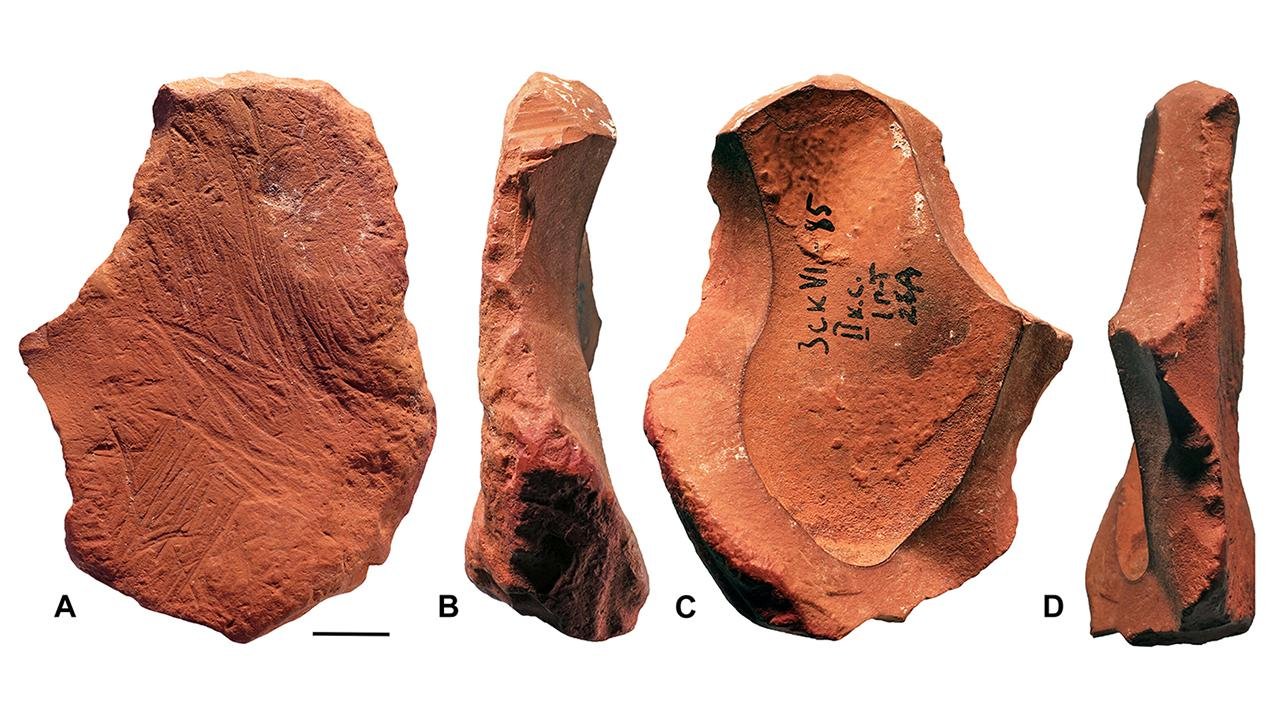Archaeological excavations at the site of the City Campus for the University of Gloucestershire revealed a remarkable time in Gloucester’s history, uncovering Roman, medieval, and post-medieval remains and artifacts. The dig, managed by Cotswold Archaeology, was conducted at the location of the former Debenhams department store in King’s Square, where there had been no previous archaeological investigations.
 Over 300 Skeletons and Medieval Church Found at Gloucester City Campus Site. Credit: Cotswold Archaeology / University of Gloucestershire
Over 300 Skeletons and Medieval Church Found at Gloucester City Campus Site. Credit: Cotswold Archaeology / University of Gloucestershire
Among the finds are 317 human skeletons, believed to have been buried in two different churches that once occupied the site. Approximately half of the graves were found in 83 brick-lined vaults that belonged to the 18th-century St. Aldate’s Church, constructed circa 1750. The other, deeper graves are believed to have been from the earlier medieval church, which existed before the Norman Conquest of 1066 and was probably destroyed in the mid-1600s after damage during the English Civil War.
Steve Sheldon, Cotswold Archaeology’s Acting Principal Manager, said, “Although the footprint of the medieval church was not identified during the current archaeological works, the identification of a limestone wall with surviving lime plaster most probably represents part of the earlier church.” Sheldon added that these remains, plus the carved stones, including a mid-14th-century window arch, will be preserved and displayed in the new City Campus.
Excavations also revealed signs of Roman occupation beneath the layers of subsequent activity. Archaeologists have recovered cobblestones, which could be from a 2nd-century road, the remains of a Roman townhouse, pottery fragments, and remnants of timber planking and walls. These features mirrored those discovered during limited archaeological work in the 1950s and 1960s.
 Ruins of St. Oswald’s Priory in Gloucester, the city’s most famous medieval church. Credit: Philafrenzy / CC0 1.0
Ruins of St. Oswald’s Priory in Gloucester, the city’s most famous medieval church. Credit: Philafrenzy / CC0 1.0
Cliff Bateman, Senior Project Officer at Cotswold Archaeology, described the finds as “unbelievable.” In addition to physical artifacts and structures, the human remains are also expected to offer a greater understanding of Gloucester’s population over the course of a thousand years.
As Bateman said, preliminary observations already indicate how diet changes, such as increased sugar consumption in the 16th century, impacted dental health. Ongoing scientific analysis of the remains is continuing, with full results expected to be published later.
When complete, the University of Gloucestershire’s City Campus will not only be a modern hub of education and community engagement but also a living testament to the city’s layered past, with students and visitors able to walk amidst over a thousand years of history.
More information: Cotswold Archaeology / University of Gloucestershire





